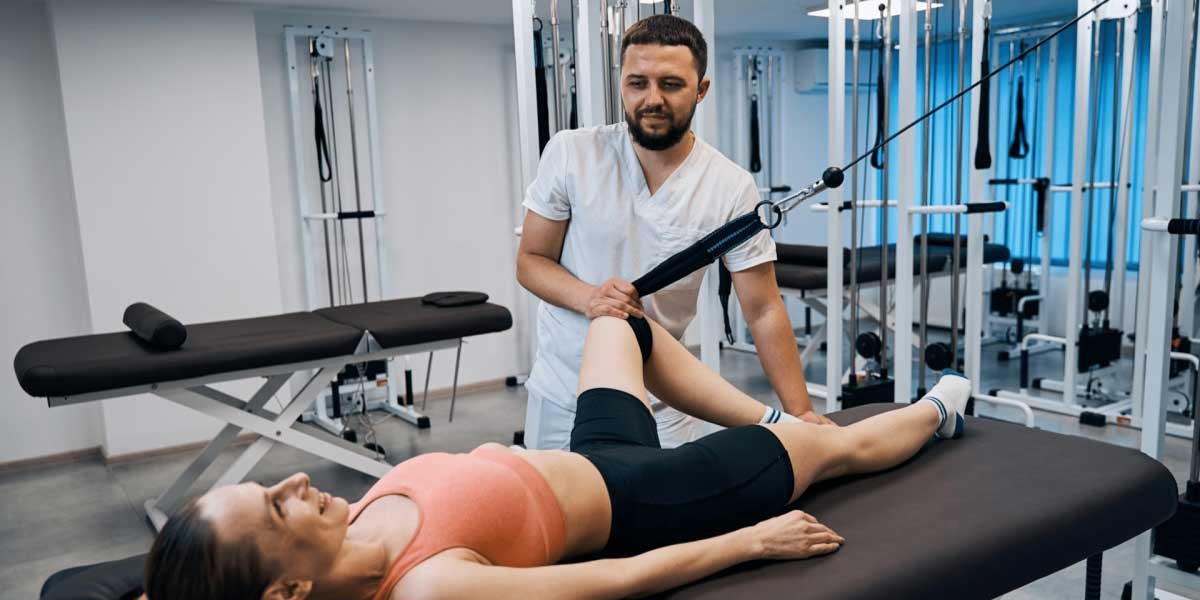Knee injuries are among the most common and debilitating injuries in sports. Whether you’re a professional athlete or a weekend warrior, protecting your knees is crucial for maintaining mobility and performance. This article explores the importance of protecting knees in sports, the types of knee injuries, preventative measures, and the long-term benefits of knee protection.
Read also: https://networth.us/the-role-of-real-estate-in-retirement-planning/
Types of Knee Injuries
- Anterior Cruciate Ligament (ACL) Injuries: ACL injuries are common in sports that involve sudden stops and changes in direction, such as soccer, basketball, and football. An ACL tear can be severe, often requiring surgery and a lengthy rehabilitation period.
- Meniscus Tears: The meniscus is a piece of cartilage that provides cushioning between the thighbone and shinbone. Meniscus tears can occur from twisting motions, often seen in sports like tennis and skiing.
- Patellar Tendinitis: Also known as “jumper’s knee,” this injury is common in sports that involve frequent jumping, such as volleyball and basketball. It results from overuse of the patellar tendon.
- Runner’s Knee: This term describes several knee problems, including patellofemoral pain syndrome, which is common among runners and cyclists. It results in pain around the kneecap and is typically caused by overuse or misalignment.
Knee injuries can result from various factors, including:
- Overuse: Repeated stress on the knee joint can lead to chronic conditions.
- Sudden Movements: Rapid changes in direction or speed can strain or tear ligaments and tendons.
- Improper Technique: Poor form during training or competition can increase the risk of injury.
- Inadequate Warm-Up: Failing to properly warm up before activity can lead to muscle stiffness and joint vulnerability.
Preventative Measures
Strengthening the muscles around the knee, particularly the quadriceps, hamstrings, and calves, can provide better support and reduce the risk of injury. Exercises such as squats, lunges, and leg presses are effective for building muscle strength.
Maintaining flexibility in the muscles and tendons around the knee is essential. Regular stretching exercises, yoga, and foam rolling can help keep the muscles pliable and reduce tension on the knee joint.
A proper warm-up increases blood flow to the muscles and prepares the body for physical activity, reducing the risk of injury. Cooling down after exercise helps in muscle recovery and reduces stiffness.
Knee braces and supports can provide additional stability and protection during high-impact activities. Athletes with a history of knee injuries or those participating in high-risk sports can benefit from using these aids.
Ensuring proper technique in sports and exercise routines can prevent undue stress on the knees. Athletes should seek guidance from coaches or trainers to learn the correct form and movements.
Long-Term Benefits of Knee Protection
Healthy knees are crucial for optimal athletic performance. By protecting the knees, athletes can maintain their agility, speed, and strength, allowing them to perform at their best.
Chronic knee conditions such as osteoarthritis can develop from repeated injuries and overuse. Protecting the knees from an early age can help prevent these long-term issues, ensuring better joint health in the future.
For professional athletes, knee health is vital for a long and successful career. Preventative measures can help athletes avoid career-ending injuries and extend their time in their sport.
Beyond sports, healthy knees are essential for everyday activities such as walking, climbing stairs, and maintaining an active lifestyle. Protecting the knees can improve overall quality of life and mobility.
Rehabilitation and Recovery
In case of a knee injury, immediate care is crucial. The R.I.C.E. method (Rest, Ice, Compression, Elevation) is effective for reducing pain and swelling in the initial stages.
Seeking professional medical advice is important for accurate diagnosis and treatment. Physical therapy can aid in the recovery process by strengthening the muscles around the knee and improving flexibility.
Returning to sports or physical activity should be gradual and under the supervision of a healthcare professional. This approach ensures that the knee is fully healed and reduces the risk of re-injury.
The importance of protecting knees in sports cannot be overstated. From preventing common injuries like ACL tears and meniscus tears to enhancing athletic performance and quality of life, knee protection is essential for athletes of all levels. Implementing preventative measures such as strength training, proper technique, and the use of supportive gear can significantly reduce the risk of knee injuries. By prioritizing knee health, athletes can enjoy a long, active, and healthy life both on and off the field.
Read also: https://networth.us/exploring-the-staggering-net-worth-of-tech-titans/








